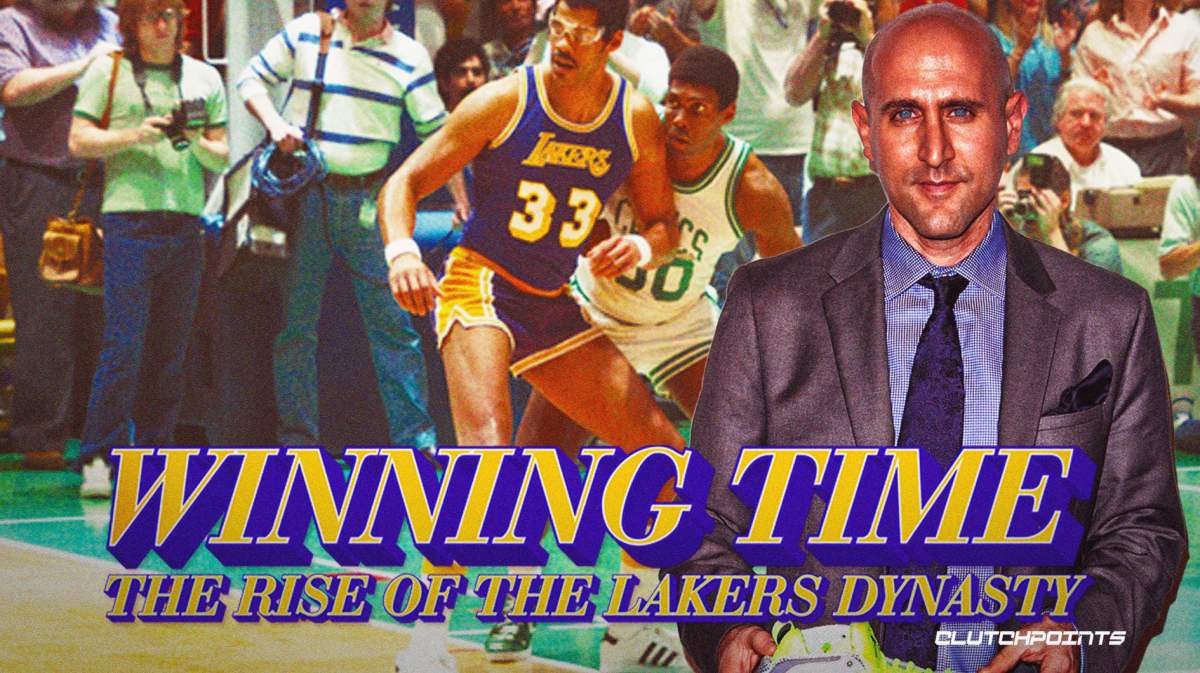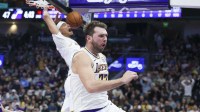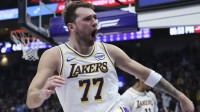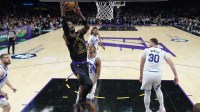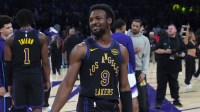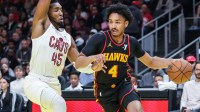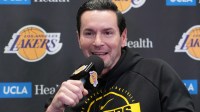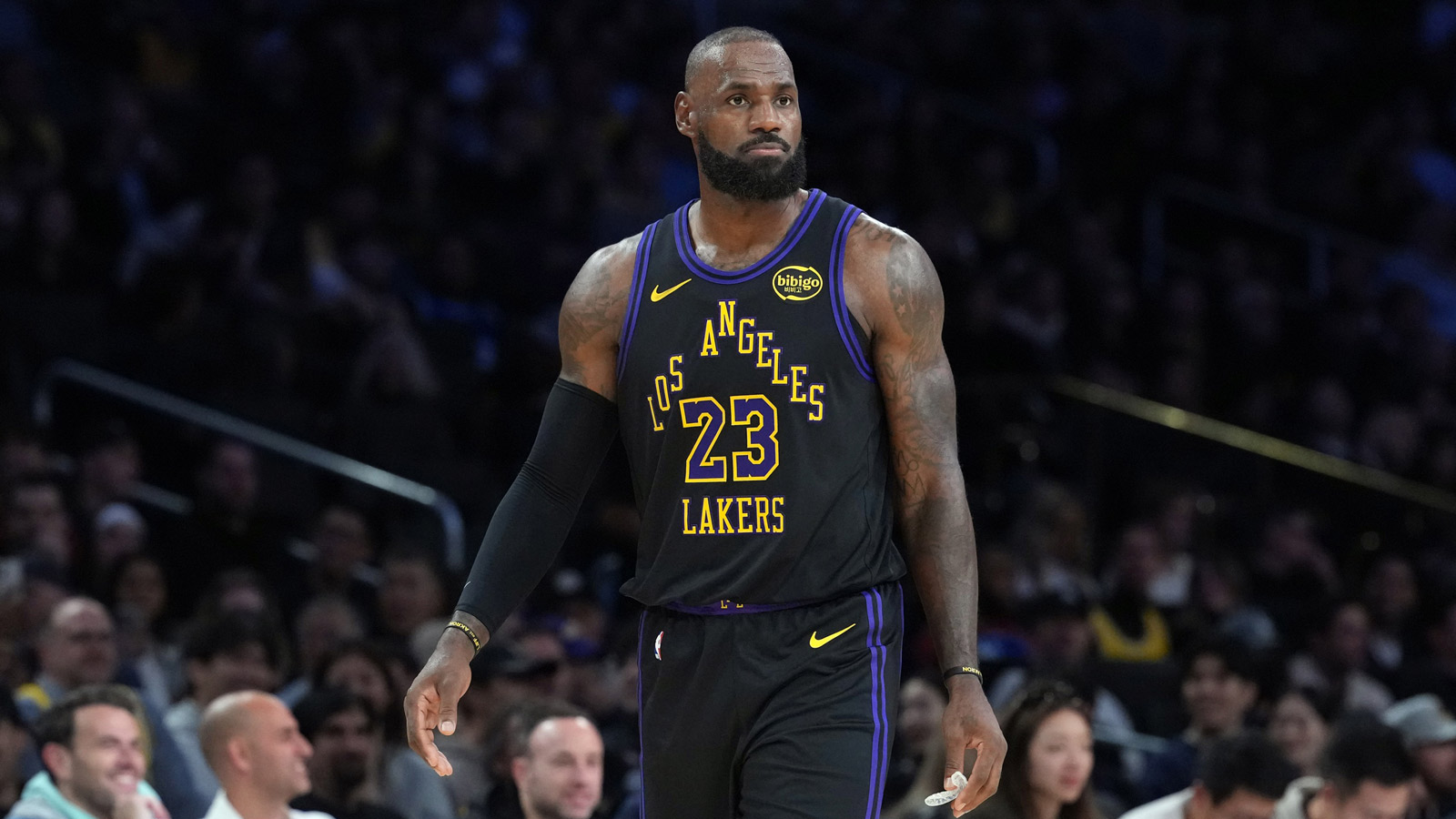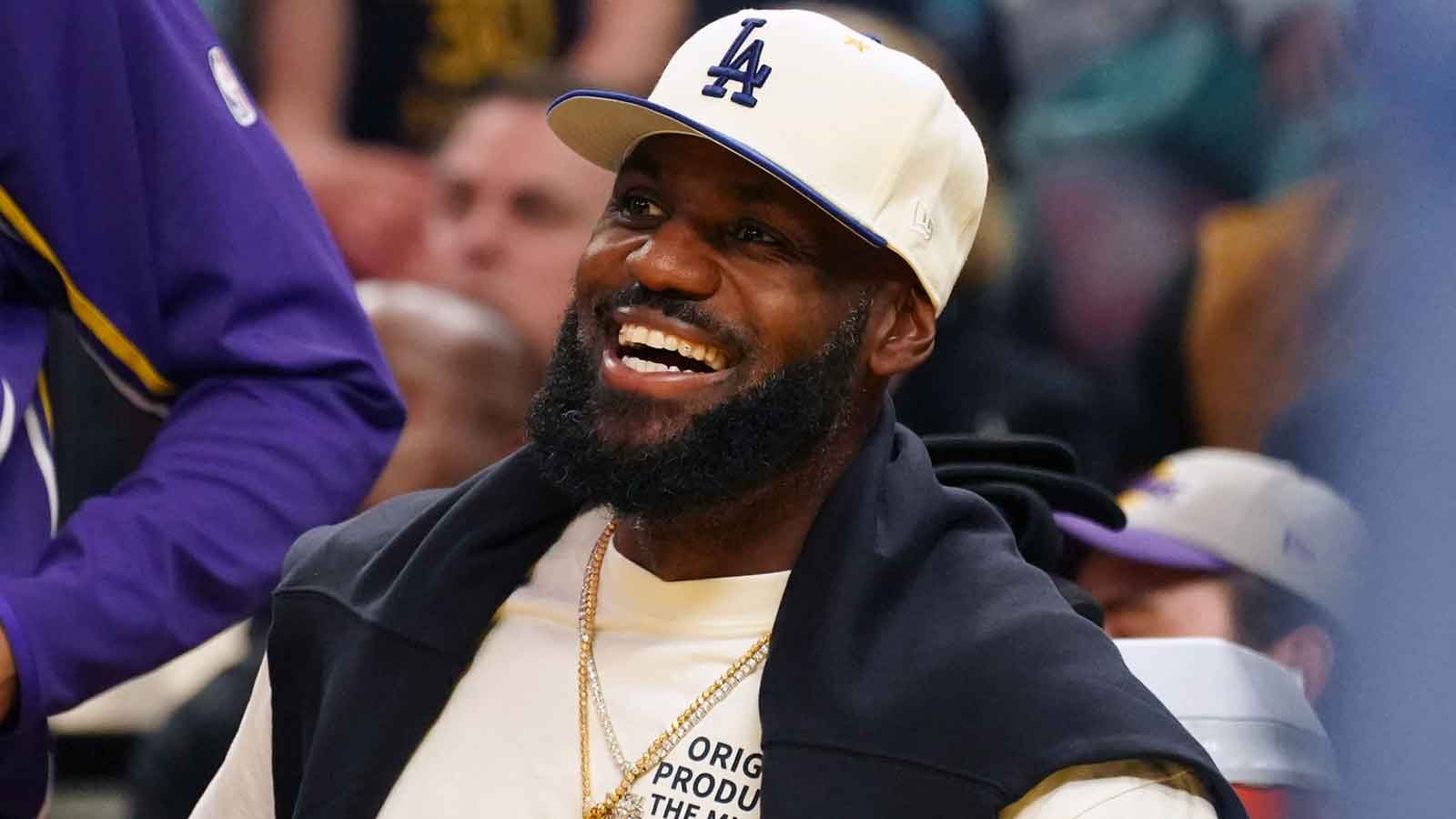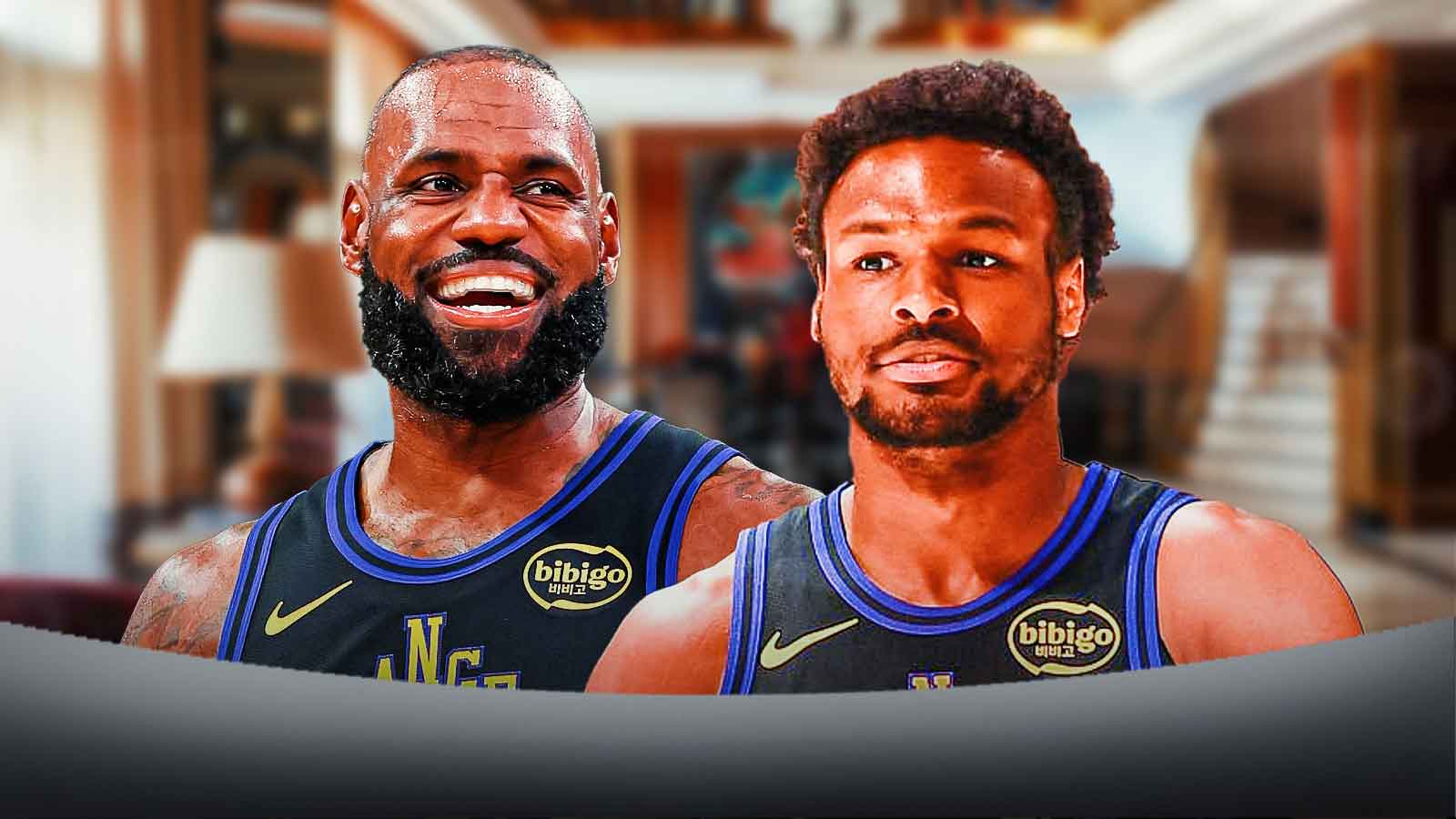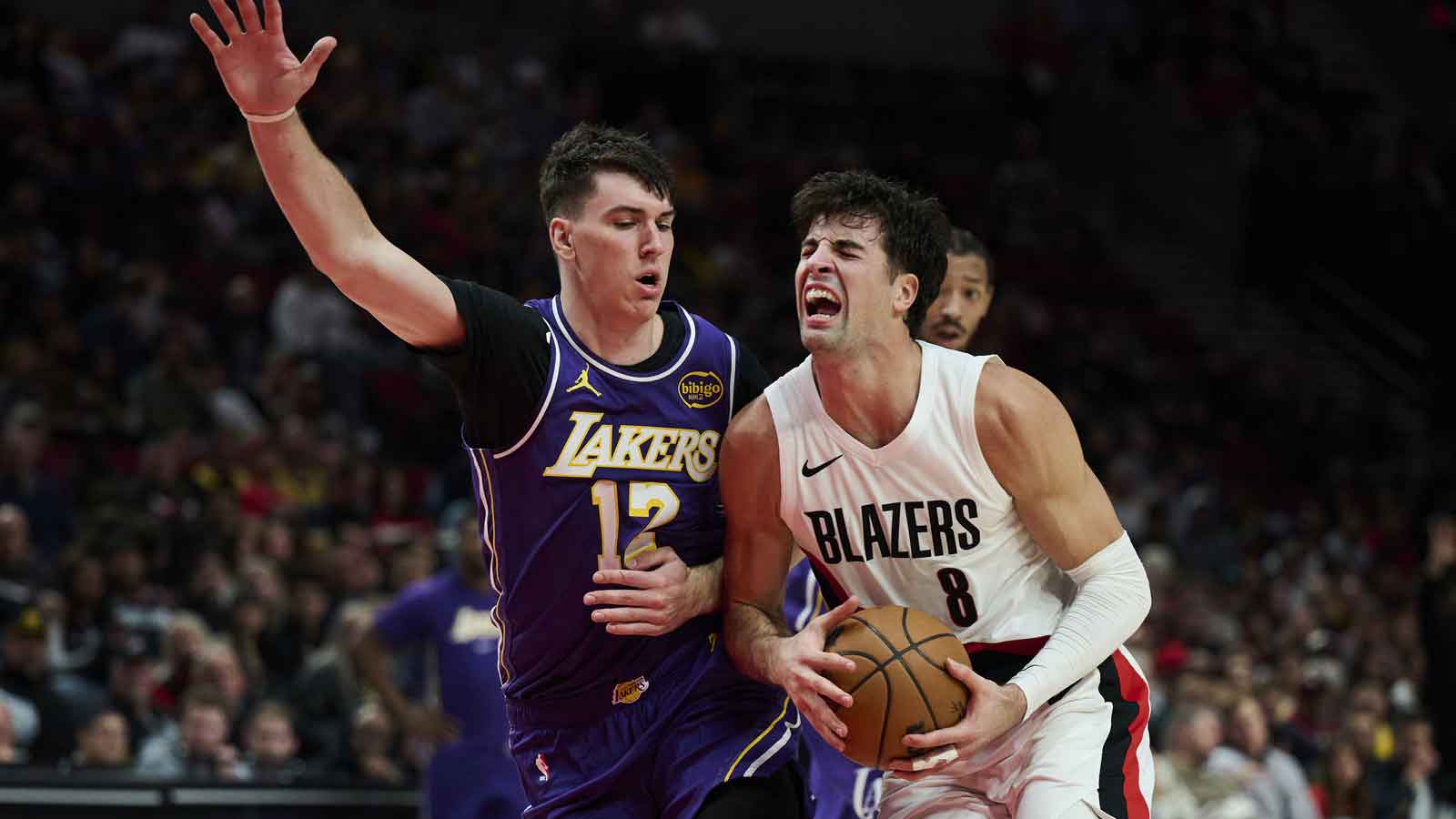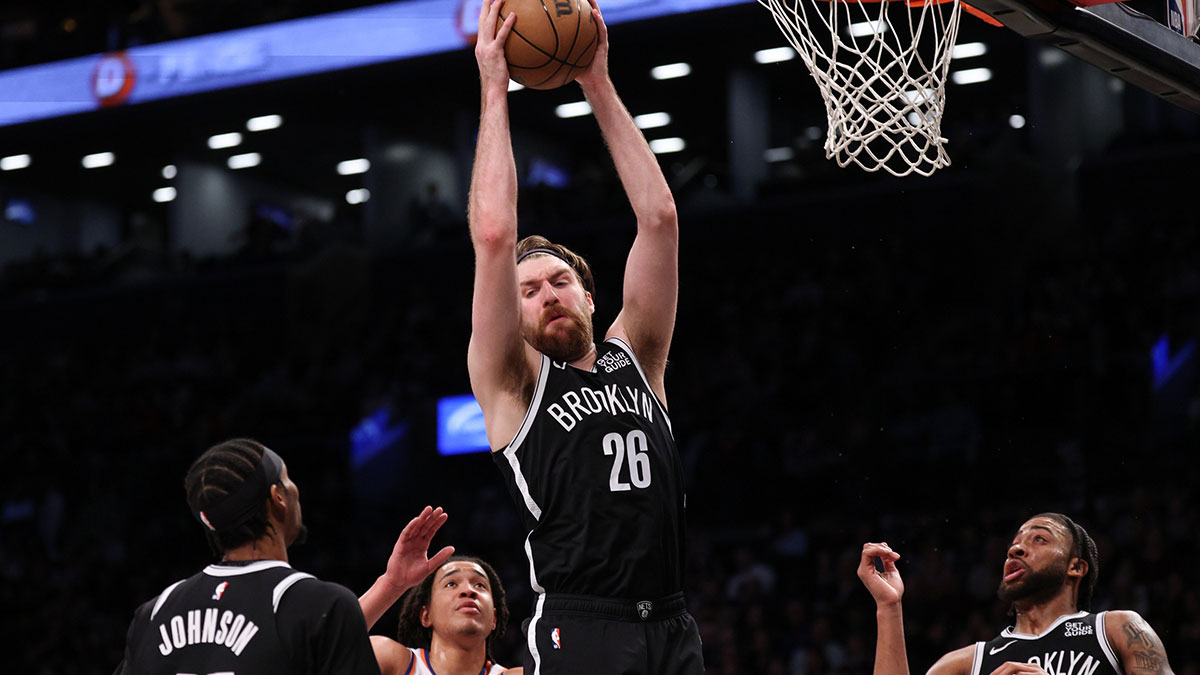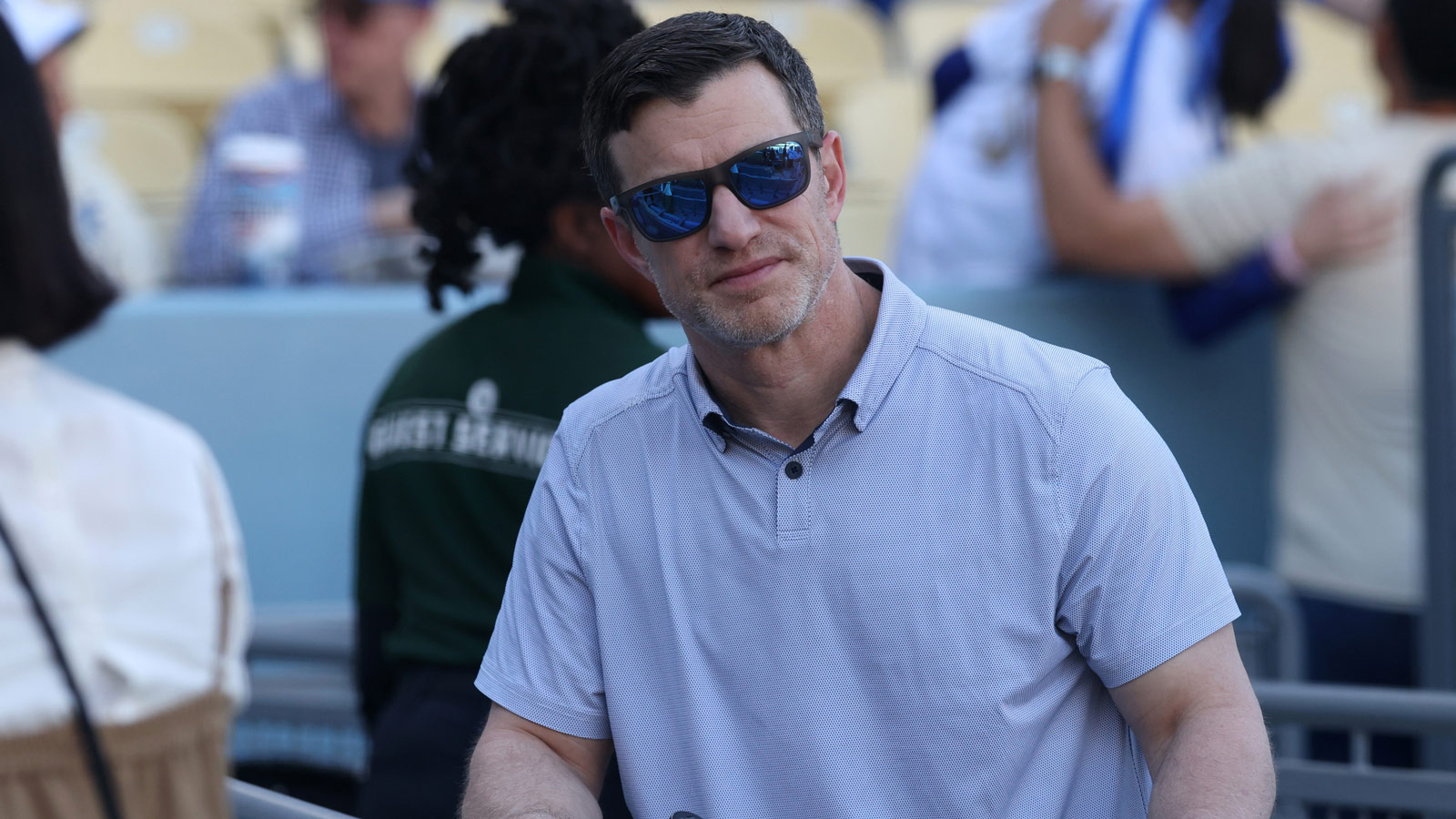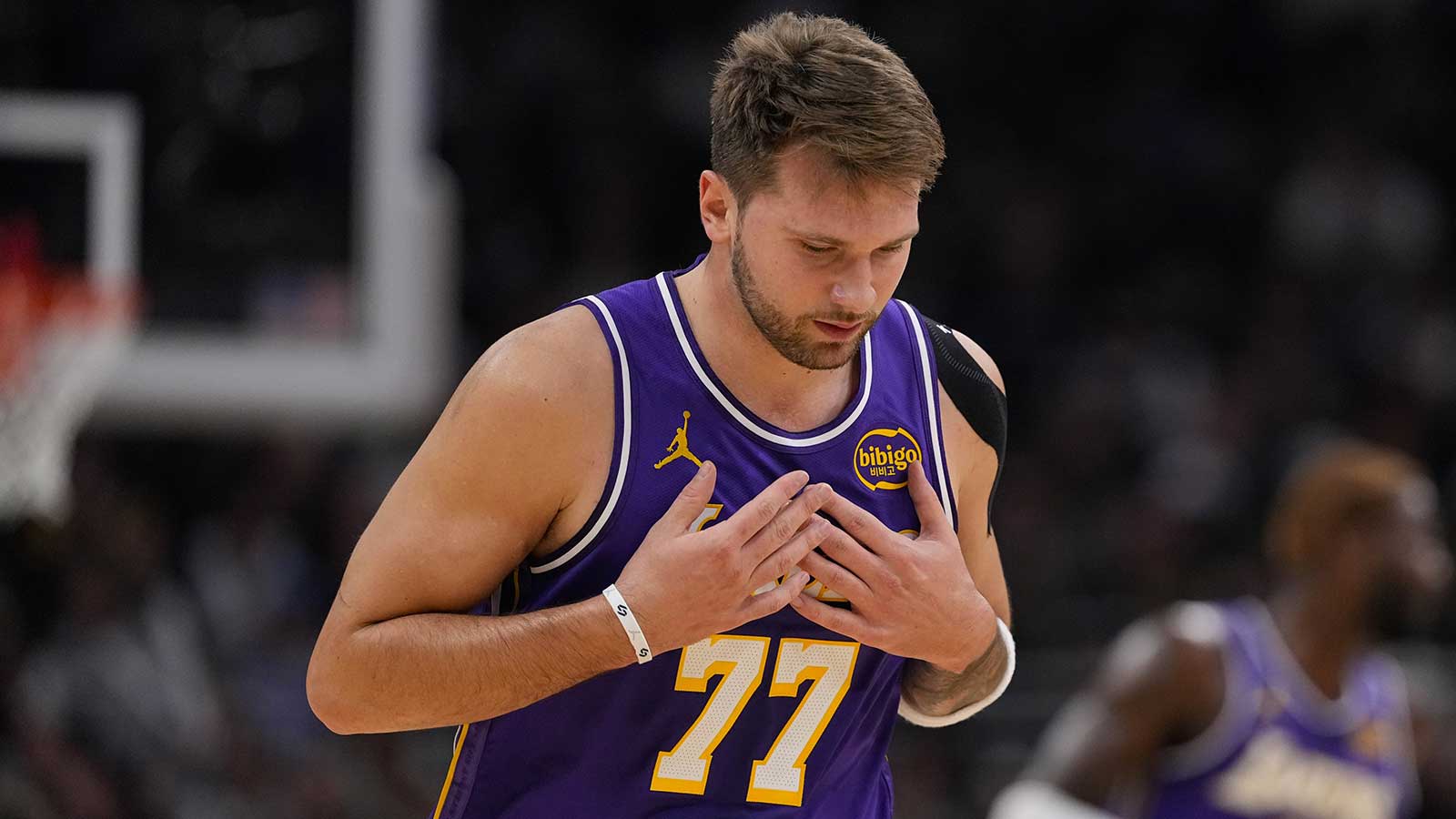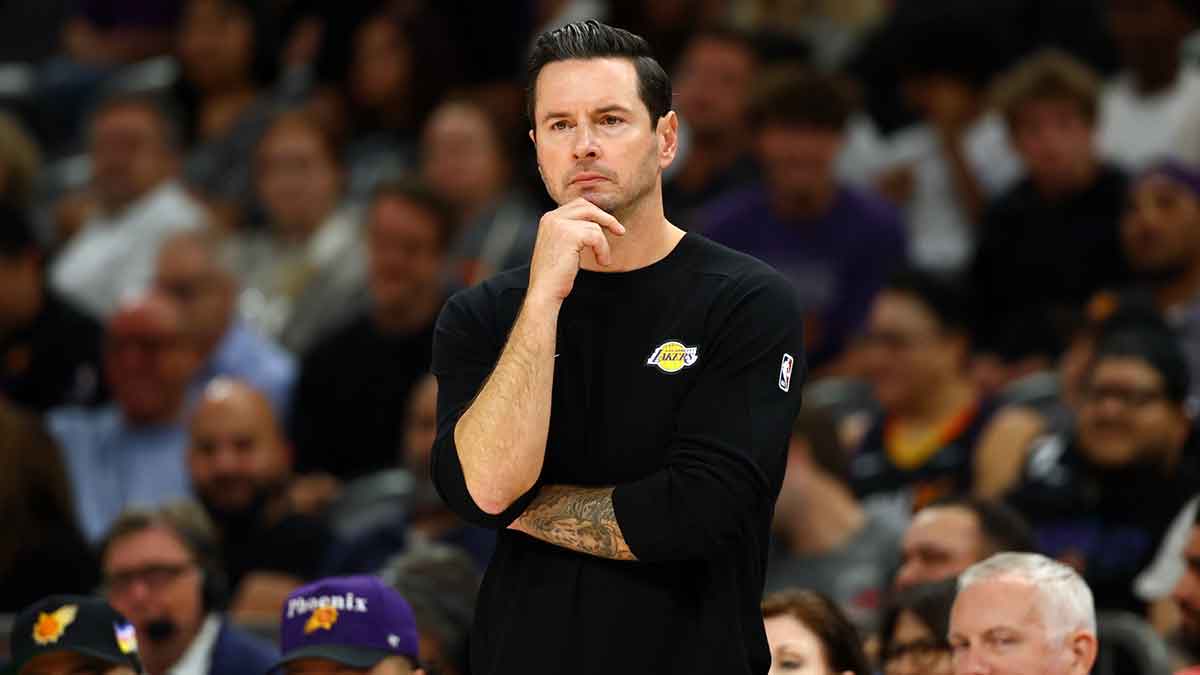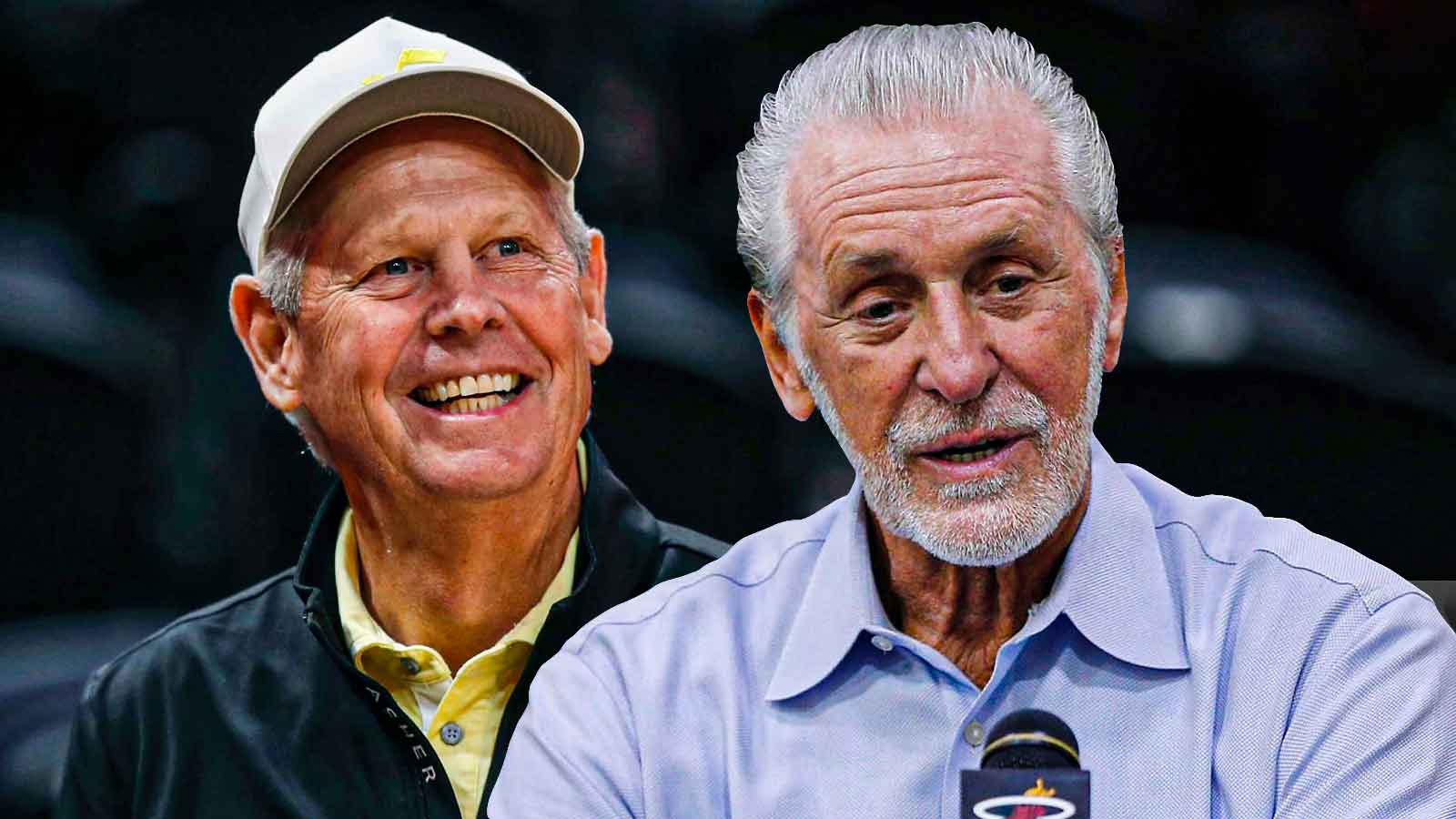Idan Ravin is a prolific basketball trainer who has worked with the likes of LeBron James, Stephen Curry, and Carmelo Anthony. As the basketball producer on “Winning Time: Rise of the Lakers Dynasty”, he's tasked with transforming the cast into believable Lakers greats and advising on all basketball-related matters.
Ahead of the Season 2 finale, Idan chatted with ClutchPoints about his work on the series and with NBA stars. Here's that conversation (edited and condensed for clarity).
What is your specific role on “Winning Time”?
My title is basketball producer. So anything that falls under the idea of basketball is my responsibility. There's one element of it in terms of the actual physical training of the actors. They have to be physically fit and look like the body types of the athletes. Then there's the basketball element, which is turning them into the silhouette of their characters, which is a very complex training element.
Then there's the casting responsibility, which I'm responsible for — casting a lot of the basketball-related players. Script interpretation and advising on elements that are basketball-related. Choreography, interfacing with the actors the day that we filmed to make sure that I give notes and the directors give notes and they execute what we need. Anything that sort of falls into the purview of basketball is my responsibility on the show.
The basketball scenes are really well done. What are some of your influences, in terms of depicting sports on screen? That's a really hard thing to do, and I feel like a lot of sports movies or TV shows don't do it all that well, honestly.
It's interesting you say that because I've done a lot of commercial work for Nike and that type of stuff, working with some great directors and cinematographers on the basketball element of it. But on this show, I didn't really look for inspiration from very traditional places.
My background is: I've trained hundreds of NBA players and more than 15 NBA All-Stars. I've written a lot. So I tried to take a much more creative interpretation of the material. So when I would look at the script, my number one priority was to deliver on the intent of the writers and then also try to anticipate what the directors were looking for. At the same time, I was trying to figure out — when you read these scripts, they're not always super detailed, so it leaves a lot of room for creative interpretation. Like, how do you execute a particular scene? So I was always trying to think about what's the most beautiful, what's the most cinematic, what pops on camera? What feels more authentic? What delivers on the emotional beats of the story? I wasn't necessarily looking at how “Hoosiers” did it or how “Hustle” did it. It was kind of irrelevant to me. What I wanted to figure out was: how I do this and how I would see it, and to have a very sort of “Idan perspective” on the execution of this.
When the creators are storyboarding, how much of the plot is driven by what specific basketball moments they want to depict or get to? Or how much are they going by characters and then games come up naturally because of where a character might be in the narrative?
I think it's probably the former. I think basketball is a vehicle to tell a much more important story, and the basketball just helps deliver on those and accentuate the emotional beats of the story and the plot. There are very iconic moments with the '84 Lakers-Celtics series, but the driver is the story, and then the basketball helps sort of push that story along.
Can you take us through the process of choosing a basketball scene to depict on screen, and then the actual filmmaking? Are you crunching tape with the actors?
It's a great question. It's a combination of being historically accurate and it's also the opportunity to be creative and have interpretation. I imagine doing an Abraham Lincoln scene where you see the guy come into the theater and shoot Abraham Lincoln in the head. Well, we know there was a gun. We know there was a bullet and we know there was Abraham Lincoln, but all the stuff that leads into it is room for creative interpretation. And so the story sits and there's a moment, there's an accuracy there. But now there's a lot left of, how do you interpret that moment?
For example, during the '84 Lakers-Celtics series, the clothesline by Kevin McHale on Kurt Rambis is one of the most iconic hits ever in the game. So you want to stay true to the moment, but at the same time, you also are able to put your own sort of spin on how that gets executed. There's lots of pizza, but some people put more sauce, some people put more cheese, some people thick crust, thin crust. To me, it's still pizza, but it's how you interpret the pizza, and that sort of works with the basketball moments where you want to be true to the moment, but also add your own sort of interpretation of it.
That's interesting because with the show, especially the first season, some of the real-life figures were a little bit miffed about how they were depicted as characters. I'm curious if you've heard any feedback from anybody about how they're depicted as basketball players?
The truth is, every single person that I've come across or DMs me or messages me on Twitter has always said like, “Oh my gosh, I can't believe how great they look”. “I can't believe, look at Larry Bird. Look at Magic Johnson's pass, look at Kareem's skyhook. Look at Jamal Wilkes' shot”. All that stuff took three years to create.
I'm so proud of the actors for being able to execute this, and these guys — they're not former NBA guys. Most of them were former football players except for Solomon (Hughes), who played college basketball. So there was a very, very long process to get to the point where you could not only do it on camera, but you could also do it in a scene that was improvised. You could also do it in a scene that required a lot of action. Just to see someone shoot a free throw, that's one thing. But to be able to do Larry Bird in the context of a game and a pickup game where you see them score 15 points — it's really, really complex and really difficult. So a lot of credit to these actors for being very good students and being very diligent in this process.d
I was going to ask how basketball abilities factored into the casting. I know Solomon played ball and I'm sure DeVaughn Nixon did, with his dad being Norm. But Sean Patrick Small was balling out in that French Lick scene.
Yeah. But remember, that's 18 months of work. And for Solomon, what made it incredibly hard is that it's one thing to play at Cal, it's one thing to play high-level Division I college basketball. It's another thing to be Kareem Abdul-Jabbar. And there's a moment where your instincts are almost — it's counterintuitive because when you play at a very high level, your goal is to get to the basket and score as fast as possible. Now all of a sudden you're Kareem Abdul-Jabbar and he plays at this very methodical pace, and then you got to turn that pace into power, into vertical, into extension on a skyhook. It's one of the hardest shots in basketball to do it at a very slow pace. So for Solomon, I give him tremendous credit because he almost had to sort of re-learn some of what his instincts are, because your instincts are that when you get the ball as a big man at Cal, your goal is to be brutal and get to the basket as fast as possible. Now all of a sudden, you have to rethink all that and become very methodical and build it into your character.
The process was very complex. It went from turning the actors into better basketball athletes. It turned them into becoming better basketball players, and then you had to turn them into the silhouettes of their characters because there were so many moments on set of improvisation. So if you couldn't shoot, dribble, pass, run, or defend or have a basketball understanding and IQ, you couldn't be able to execute the silhouette piece of the improvisation. So it's almost like, imagine you're playing Bruce Lee. Well, if you only had one kick to do, it'd be easy. But if the director wants a roundhouse kick, a 360 kick, he wants combat, you can't do it. So these actors had to actually learn the game and become proficient in all their skills before they could become silhouettes.
So how is Solomon's real-life skyhook?
It's good, but it's different, right? I mean, he has a really nice sweeping hook, but he had to learn how to create that skyhook. He had to learn how to take his time, how to be very methodical, had to let cutters cut through the lane, right? Had to create more extension in his shoulder, in his knee. It's a very, very hard shot, and it took a long time, but he's such a good student, he's so diligent that eventually he got it.
One of the best things about #WinningTime is they reenact famous plays really well pic.twitter.com/Fi9CjqAv0F
— Tony Clements (@TonyCMKE) September 11, 2023
When you're filming a basketball scene — let's say it's a game at the Forum — how much of each movement is mapped out and choreographed versus letting the actors just run up and down the court and play?
It's a great question. It depends on the situation. For every bit of choreography, you're looking at many, many weeks of preparation. Meaning dozens and dozens of hours. And then there are moments where the director might say freestyle a little bit. But you just can't freestyle, you've got to freestyle like your character. And then you got to be able to deliver lines, and you got to look expressive for camera and you've got to stay in character. So if I said to you: I want you to freestyle, but I want you to do it like Bob Cousy, it's hard, right? Because you have to stay in Bob Cousy. So it depends on the situation. Some moments were very scripted and some moments were free, but always you had to be in character.
Is there a specific or a particular challenge of filming basketball scenes for the Showtime Lakers because of their fast-break nature?
One is building a sequence that makes sense, that's exciting, that pops on camera, that delivers on the intent of the script, that honors the ability of the actors you're working with, that sells on camera. And something that they can deliver over a 14-hour period because you don't just shoot it once and it's in the can, and you move on. You're looking at that scene dozens and dozens of times until it's perfect, shooting different camera angles. So you have to factor all that into play when you're building out a scene. It's not just roll the ball out you guys and go play. You don't have 10 NBA guys out there. That would be easy. You have 10 actors out there, so it requires a lot of preparation so that they can master it.
With the way the game is played now — more three-point shooting, pace-and-space — do you think that would be harder to film accurately compared to what you're doing on “Winning Time”?
No, I think they're equally hard because you're looking at people who don't play at that level. You're looking at people who have to sell iconic characters. That 24-foot 3 off a side pick-and-roll has to look like the way Russell Westbrook would take it. You know what I mean? It's complex in both situations. And so I think that you might see sort of a different style of play. I mean, the games today feel more like a video game, back then it felt more complete. But I think in either case, it's very challenging.
One of my favorite scenes of the season was Pat Riley and Magic kind of playing 1-on-1 when Magic's coming back from injury. Can you talk about the conception of that scene?
That scene very much spoke to me because having trained over 100 NBA players, that's me all the time, right? You're in a gym with these guys and you're trying to push them and challenge them and help develop them. At the same time, you also have to be a mentor, a confidant, a motivator, someone who inspires them, someone they trust. So that scene very much spoke to me in terms of the 1-on-1 that happens all the time between a trainer and an athlete, a coach and an athlete, a physical therapist and an athlete. So I was very touched by that scene.
It took a lot to develop that because training in 2023 is very different than training in 1980. So you had to find something that felt authentic and challenging, but also simpler. So there were drop-steps, there were skyhooks, there was dribbling, there was aggression. So it was a training scene but had to fit the period in terms of the expertise and how they saw the game back then. But it very much spoke to me because that's my life.
Can you share a story of you having a similar experience with an NBA player?
I mean, geez, I worked with everyone from Carmelo to Stephen Curry to James Harden, LeBron to Kevin Garnett. I worked with everybody, and so there are so many 1-on-1 moments that you have with these athletes that are very special. There's always the time on the court, but to me, the most valuable time is the time before and after — when you grab lunch, when they send you a text. In order to be very successful in this space, I think you have to have constant contact with the athlete because it just doesn't happen over the course of an hour. Their improvement happens over the course of a lifetime. But a lot of it, too, is developing that trust with the athlete. Is there any sort of specific moment that kind of stands out? I mean, there's so many.
I remember I worked with Carmelo for 14 years or so from the time he left Syracuse until 2015. And I remember I invited James Harden into the gym to work out with him, and it was a really intense workout. And when we were done I said to Melo, I was like, “That's the next Kobe”. He's like, “What?” I go, “Man, that's the next guy.” I mean, he's unbelievable. And we argued about it for a bit. He's like, “Are you serious about the Kobe?” I was like, “Yeah, man. You saw what James Harden just did.”
So there were lots of moments like that, where it's just this, almost like this secret society of special players where you have special experiences.
Can you share a little bit about your experience working with LeBron?
Yeah. I spent a lot more time with other athletes, but I found LeBron a very, very special athlete and a very special person. When people tell me what stands out so much about LeBron, I have a saying: “It's one thing to get to the top. It's another thing to stay there.” And to be able to be the best over the course of 20 years is unfathomable, and there's no one who's ever done it like this. And not only be the best at basketball — it's also to have a family, be an entrepreneur, be a businessman, be an icon, be Nike. Everything he does, he does it at the highest of the highest levels. And it is a credit to his devotion. It's his commitment. It's like the person that gets home at five o'clock in the morning off a long flight and unpacks their suitcase. You know what I mean? That's a special kind of person, and I think that's how LeBron is. Honored to work with him, honored to know him. He's truly remarkably special in so many ways.

